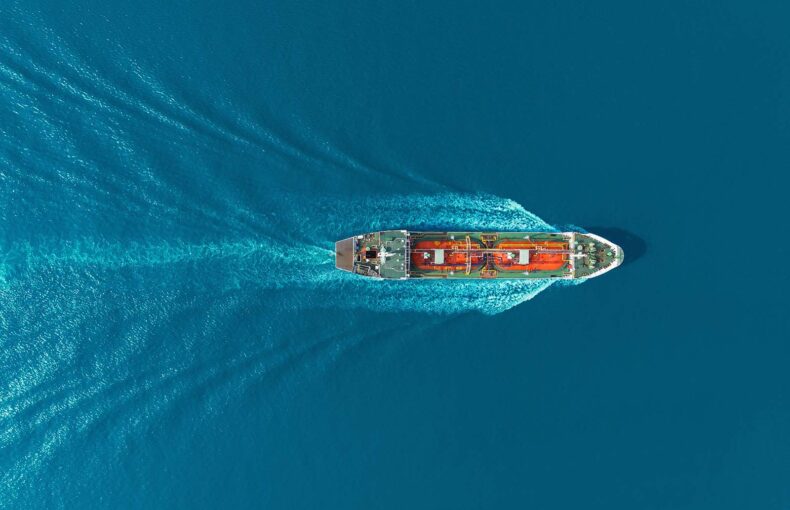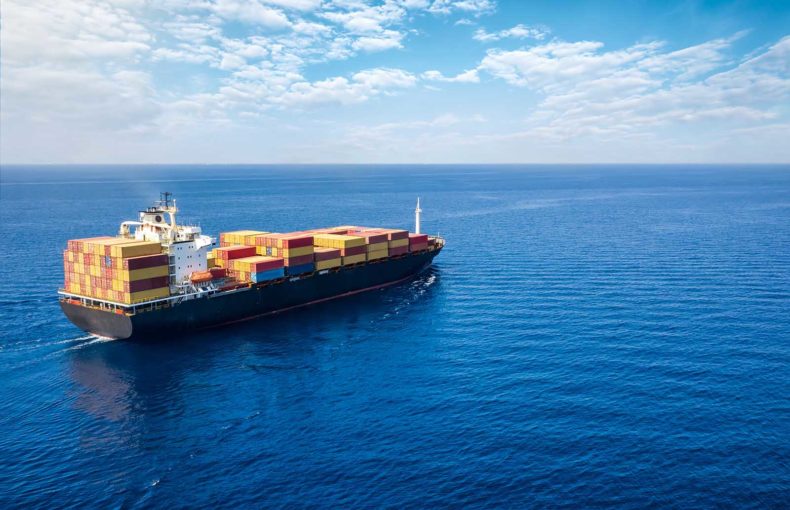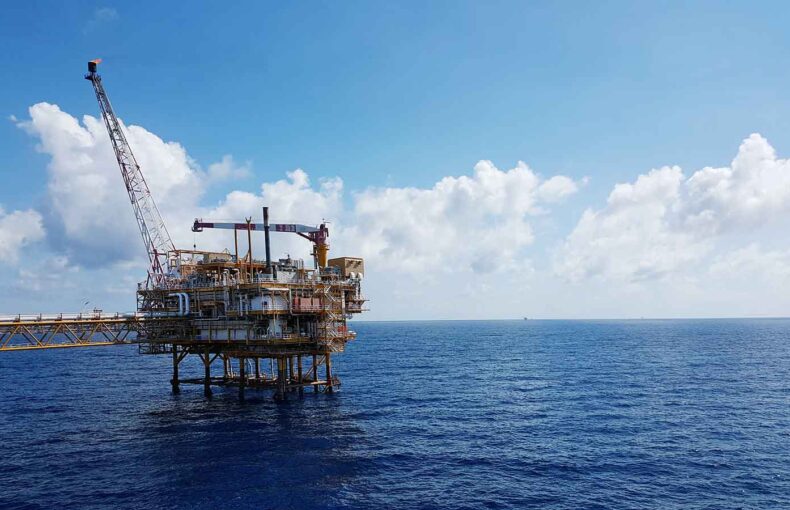Using AIS data to understand the destination of Ukrainian grain exports
Using AIS data, we looked into the reported destinations of ships leaving Ukraine under the Black Sea Grain Initiative and monitored them to get a sense of what is happening on the ground.
The role Ukraine plays in the global food supply is not to be underestimated. According to the European Commission, Ukraine supplies 10% of the world wheat market, 15% of the corn market, and 13% of the barley market. The need to export these grains out of Ukraine is vital to the global food supply, even in times of war. The alternative is nothing short of starvation in some of the world’s poorest nations. And so, under pressure from the international community and brokered by the United Nations and Turkey, a deal between Ukraine and Russia was struck in late July of this year to get the flow of grain moving again. The aim? The shipping of millions of tonnes of grain from blockaded Ukrainian Black Sea ports to the countries most in need.
A few weeks into the deal, one wonders if the precious cargo is making it to its final destination. One question comes to mind: what is that destination?
What is the Black Sea Grain Initiative?
Under the terms of the deal signed at the Dolmabahçe Palace in Istanbul, the United Nations, alongside Turkish and Ukrainian staff, are monitoring the loading of cargo, mainly grain, onto vessels in Ukrainian ports. Those vessels are then navigating along a pre-planned route through the Black Sea, guided by Ukrainian pilot vessels. This is required as the Ukrainian Black Sea waters remain heavily mined. Vessels then cross the Black Sea towards Turkey’s Bosphorus Strait, where they are inspected at the Joint Coordination Centre (JCC). The JCC is made up of representatives from Ukraine, the Russian Federation, Turkey, and the United Nations and is also monitoring the movement of commercial vessels in and out of Ukrainian Black Sea waters. Finally, the Russian and Ukrainian representatives have agreed to withhold attacks on any of the commercial vessels or ports that are part of the Black Sea Grain Initiative.
What is AIS data telling us so far?
Since August 1, and after the initial voyage of the Razoni, traffic has been picking up from the ports of Chornomorsk (ex-Illichivsk), Odessa, and Pivdennyi (ex-Yuzhnyy): 39 vessels in total departed from these Ukrainian ports.
Upon departure, these ships are typically reporting an initial destination of ‘TR IST’ (or a variation thereof), corresponding to Istanbul. This is not surprising, as they all have to dock near the Turkish metropolis for the mandatory JCC inspection. But let’s focus on what the data shows is happening next. From the ships that have made it to their final destination, Turkey is the leading destination with 12 ship arrivals, followed by 3 vessel arrivals in Italy. Even for still ongoing journeys, Turkey is top of the list, with 8 out of 22 vessels reporting to be heading for a Turkish port. According to these figures, 51% of all vessels leaving Ukrainian ports have headed or are currently heading to Turkey.
Looking for detailed AIS historical data on Ukraine and the Black Sea region?
Spire Maritime Historical AIS is available via API delivery or individual file extractions, delivered to you in your format of choice. Get in touch with our team of experts today.
The first trip: the Razoni
The first of the vessels to come out of Ukraine since the beginning of the war was the Razoni. This bulk carrier with a grain cubic capacity of 37,566 cubic meters, flying the flag of Sierra Leone, was the first to be guided out of the port of Odessa in the morning of August 1, 2022. Its reported destination at the time, ‘LB KYE’, corresponds to the port of Tripoli, in Lebanon. However, after a five-day trip, and according to the Ukrainian Embassy in Lebanon, its cargo was famously refused by the Lebanese buyer due to a ‘more than 5 months delay in delivery terms’.
It ended up staying in international waters for two days before a buyer for a part of the cargo was found and the ship set its course to the nearby port of Mersin, Turkey. But this wasn’t the end of its bumpy voyage. Spire AIS data shows that the reported draught from the ship didn’t change at the end of its port stay in Turkey, meaning there was a strong possibility that the ship didn’t actually unload the part of its cargo that was supposed to be unloaded in this port. It then departed from Mersin during the night of August 12, 2022 at 2AM, with a reported destination of ‘EGYPT’, where the remainder of its cargo was to be unloaded.
But when a few hours later the Razoni was traveling south-bound, northeast of the coast of Cyprus, it became undetectable to AIS receivers, a behavior not uncommon in this area of the Mediterranean Sea. Satellite images showed that the Razoni had docked in the port of Tartus in Syria. The ship was seen next to the grain silos, which are vital to the Syrian wheat supply. This is remarkable considering Syria has already received Ukrainian grain taken from Russian-occupied territory in Ukraine via ships engaged in dark vessel behavior in the recent past.
And, in the most recent development of this story, the Razoni’s AIS signal reappeared in the evening of August 25th, heading west-bound, in direction of the Aegean Sea. Its destination upon appearance was “RU KZP”, the port of Kavkaz on the Kerch Strait.
The curious case of the Star Helena
The Star Helena, which departed from the port of Chornomorsk on August 7, initially reported the port of Piraeus, near Athens, as its destination, though some news outlets reported that its final destination was the port of Nantong in China. However, after passing the Bosphorus and while in the Aegean Sea, the Star Helena changed route, changed its reported destination, and sailed towards the island of Chios, in Greece. It then turned around and headed south-bound. Since August 14, it seems to be on an erratic course in the Aegean Sea, south of Chios. Moreover, the reported destination for the Star Helena is now *****, or a variation thereof. Its reported AIS navigational status has been switching between ‘Under way using the engine’ and ‘Not under command’. It isn’t clear what is going on; why would the ship be seemingly wasting time mid-sea while laden with 45,000 tonnes of sunflower seeds?
The Piraeus, Egypt, and Persian Gulf pattern
The Rojen was part of the second batch of vessels leaving Ukraine, and from the start it reported its destination as the port of Teesport (GBTEE) in northern England. But once it left the Bosphorus for the mandatory JCC checks, it changed course and sailed to Piraeus near Athens, never actually making it to the port, but staying in the Saronic Gulf. Eventually it set sail to Ravenna in Italy, where AIS data seems to show it unloaded its cargo.
The Riva Wind also sailed to Piraeus, once it was cleared by the JCC. Similarly to the Rojen, it actually did not dock in Piraeus but remained off its coast in the Saronic Gulf. Eventually the destination of the Riva Wind was updated to Iskenderun on the southern Turkish coast, where it called in on the evening of August 15.
It is the same story for Star Laura. After its Saronic Gulf mid-stop, it set its original destination to Port Said, where it headed to. It then entered the Suez Canal and is now in the Red Sea, and even if its destination is still reported as ‘EGPSD’ (the locode of Port Said), the JCC published its final port of call as Bandar Imam Khomeini in Iran. This should not come as a total surprise, as the Star Laura has a history of traveling in and out of Iranian waters.
As for the Glory, another vessel that altered its destination after clearance at the Bosphorus by the JCC, it originally reported to be heading to Port Said, but just like the Star Laura, it then altered its destination to Bandar Imam Khomeini in Iran. This wasn’t the last change, however – it is now reporting its destination as Fujairah in the UAE.
Conclusion
The aim of the Black Sea Grain Initiative is to ensure that Ukrainian farmers can sell their grain again, make space in Ukrainian grain silos for this year’s harvest, and to ensure that the nations most in need can feed their populations. With Spire Maritime AIS data, we can shed light onto what these nations are, with a considerable percentage of outbound vessels being destined to Turkish ports. It is also clear that these ships’ cargo often ends up in different destinations from what was initially reported, due to either market changes during the voyage or operational reasons.
Interact with the data
We’ve put together a live, interactive tracker of all the 39 vessels mentioned in the article. Try it now and analyze the behavior of each individual vessel, including current reported destination, position and historical track.
 Written by
Written by


